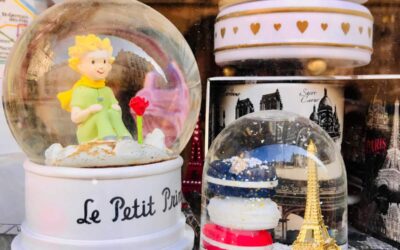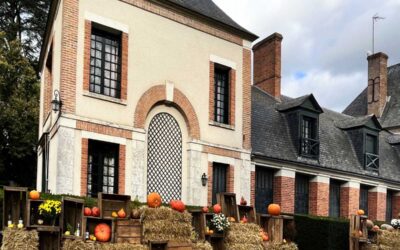She has been called the saddest “Queen of France”. But I suppose that is a lot better than what she was called during her lifetime.
Marie Antoinette, the heartless foreign Austrian, who is purported to have said “let them eat cake” when the French people complained about not having enough bread to eat.
It became an infamous phrase that lives on to this day, just like her memory in the French history books. She has been the subject of a number of books, films, and other media.
But what if “let them eat cake” had actually been said by another Queen 100 years earlier, and not Marie Antoinette at all? So let’s uncover the real Marie-Antoinette with a few fun facts, shall we? Allons-y!
1. She was born in Austria in 1755.
She was the 15th child and last child of the powerful Holy Roman Emperor Francis I and the powerful Habsburg Empress Maria Theresa.
Her father Emperor Francis I was actually of French origin as Duke of Lorraine, and became emperor upon marrying her mother.
Born in Vienna, Austria in 1755, Princess Marie Antonia had an easy childhood where she loved music, dancing, and dolls, and was not quite as studious as one might have hoped.

2. She got married at 14 years old.
She was married off to the heir to the throne of France at merely 14 years old. The marriage to the Dauphin of France (crown prince) Louis was to cement an end to hostilities between France and Austria.
Her father-in-law supposedly chose her for his son based on the portrait above at the age of 12. Her husband Louis was only 15 years old himself.
3. She became Queen at 19 years old.
She would become Queen at 19, when her husband Louis XIV ascended to the throne.
She was a young Queen, known for being lithe and beautiful, which she played up to the hilt. She was reputed to have a large bosom, which was enhanced by the corset fashion at the time.
4. She was unhappy being a foreigner.
You might have thought that she had the world at the feet, being a beautiful young Queen living in a Palace. But she was enormously unhappy.
She hated being far away from her native Austria and in a foreign land with a Royal Court where her every single action was scrutinized and commented over. (Just imagine the Twitter of its time!)
5. Her marriage was unconsummated for 7 years.
Adding to her misery, her husband King Louis XVI took 7 years to consummate the marriage and give her a child.
It took an official visit and a man-to-man pep talk from Marie Antoinette’s older brother, the Emperor Joseph of Austria, to deblock the situation.
6. She had several miscarriages before having children.
Once Louis XVI got his groove on, the couple went on to have a daughter Marie-Thérèse-Charlotte, known as Madame Royale.

After several miscarriages, she managed to have three more children, although 2 of those 3 died young. Her children included:
- Marie-Thérèse, known as “Madame Royale”
- Louis-Joseph, died at age 8
- Louis Charles, “king” under the name “Louis XVII”
- Sophie de France, died at 11 months.
Only 11-year-old Marie-Thérèse and 4-year-old Louis-Charles were left by the time of the revolution.
By all accounts the King and Queen adored their kids, with their difficulties in conceiving and having children bringing them closer together.
7. She was called “Madame Déficit”.
To escape from this endless scrutiny and the rules of the court, she took over a small building in the gardens of the Palace of Versailles, that had been built for the mistress of an earlier King.
She also threw lavish parties and had a serious gambling problem, for which she earned the nickname “Madame Déficit“.
8. She built a fairy-tale village in Versailles.
Because she wasn’t allowed to participate in the affairs of state, she indulged her boredom by designing dresses and spending extravagantly.
She even created a miniature village and farm at Versailles, known as the Hamlet, where she pretended to be an ordinary villager. (The animals were cleaned before she was allowed to play with them.)
9. The French thought she was spending excessively.
All of this cost a lot of money however, and the French state coffers were in dire straits.
The country had contributed thousands of soldiers and millions of francs between 1775–1783 to support the Americans in their War of Independence, against their arch-enemy the British.
The French public, however, did not believe it was the American war costing them money, but rather that their Austrian-origin Queen Marie-Antoinette was sending money to her brother (and their old enemy), the Emperor of Austria.

10. She was possibly cheating on her husband.
She was also purpoted to have several affairs including one with a Swedish count named Axel de Fersen who she met when they were both 18. The affair was said to have been tolerated by the King.
It would be Axel who would do his best to save Marie Antoinette, writing several coded letters to her during the revolution, and trying to organize her escape.
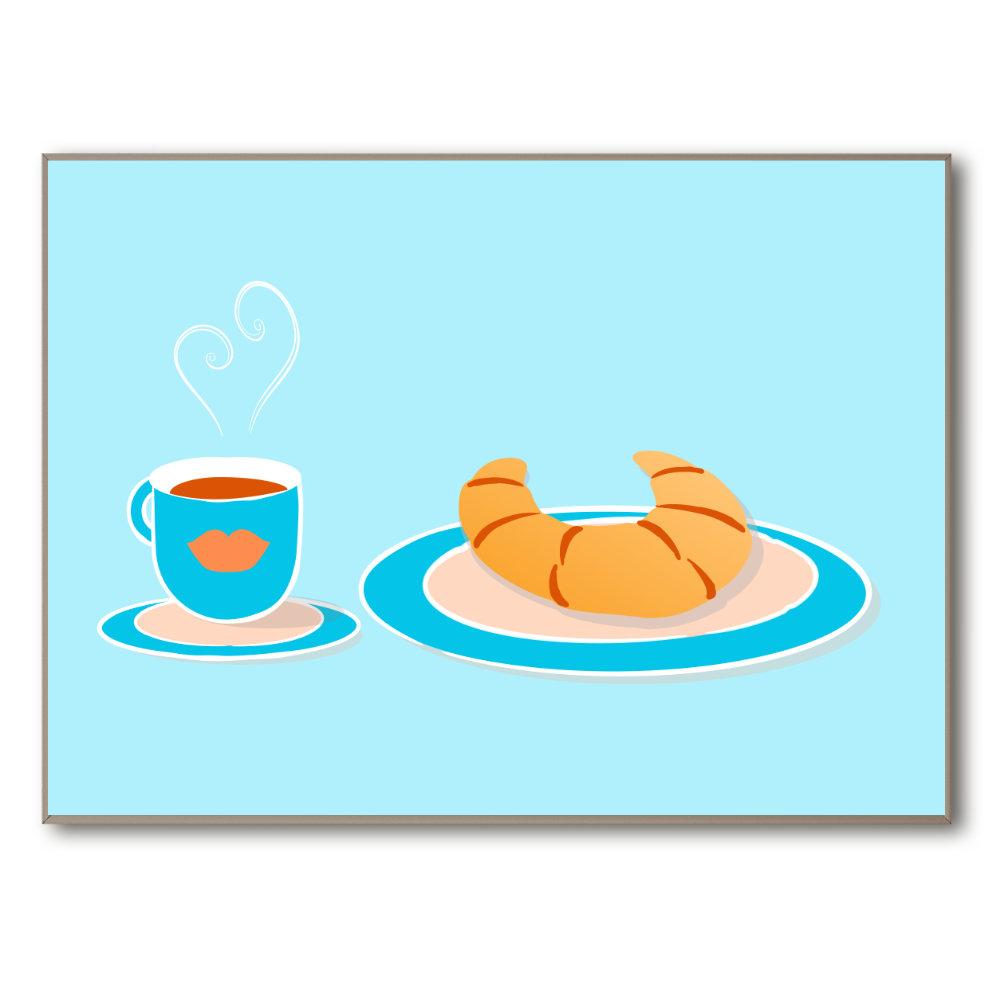
11. She was a favorite target of the rumor mills.
It was 1789 and France was almost bankrupt. While rumors of Marie-Antoinette’s loyalties, affairs, and spending had started almost as soon as she arrived on French soil, it was all about to get a lot worse.
The French People were starving and the harvest that year was poor. Caricatures of her were widely distributed, and there was nothing the royal family could do to put an end to them.
In addition, she was accused of taking an elaborate necklace without paying for it (she was framed by a conwoman), an affair that made headlines everywhere in a country where people could barely afford a daily meal.

(About 50 years later, writer Alexandre Dumas would write a fictionalized tale about “The Necklace of the Queen”, as well as a series of other novels about Marie Antoinette.)
12. Parisians were very unhappy with the Royal family.
A 100 years earlier, Sun King Louis XIV, had built the Palace of Versailles because he did not trust Parisians and wanted to be far away from them.
That distance though would prove to be a downfall. Since people couldn’t see the Royal Family, they imagined a life of excess and frivolousness, while they themselves were desperately poor. As you can imagine, the situation was ripe for rumors and gossip.

13. She was accused of saying “Let them eat cake”.
During one of the bread shortages, the rumor started that Marie Antoinette had uttered those famous words when confronted with the fact that the people were starving.
Rightly or wrongly, the winds of the French Revolution were blowing strong.
Qu’ils mangent de la brioche.
English Translation: Let them eat cake
This phrase, however, occurs in a passage of Jean-Jacques Rousseau‘s book called Confessions, written in 1766, when Marie Antoinette was 11 years old and four years before her marriage to Louis XVI. Rousseau said that the phrase came from a “Great Princess”, but did not name her.
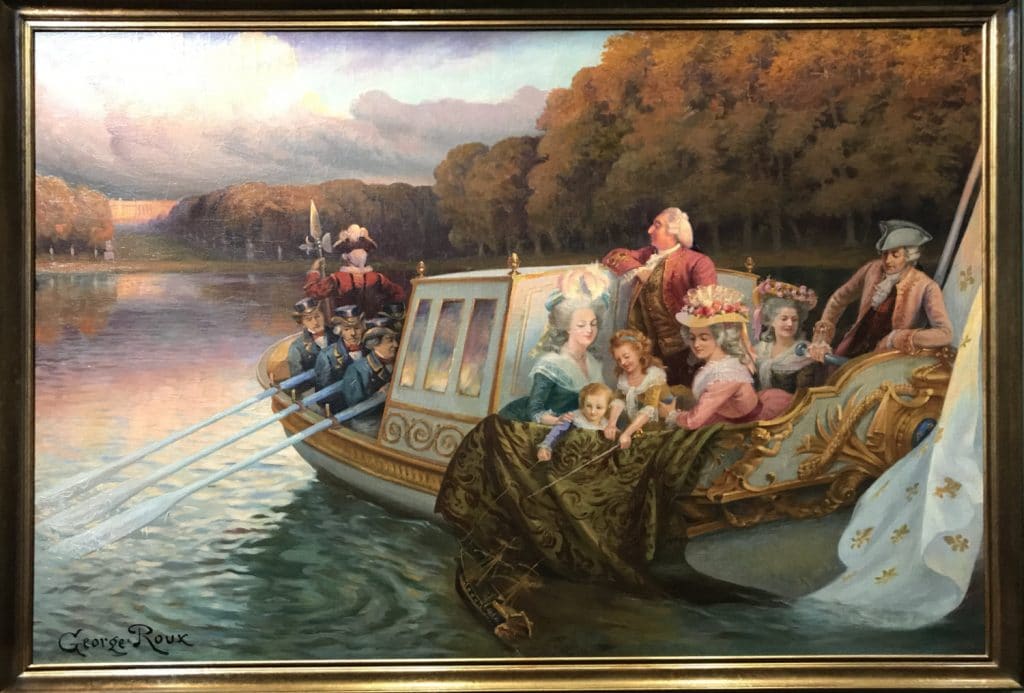
14. She did a lot of charity work.
If we look closely at Marie-Antoinette’s life, it would seem she was not as much of a spendthrift as she was thought to be. She established a home for unwed mothers, contributed to a Charity for the aged, and made frequent visits to poor families.
It is quite certain that in seeing the people who treat us so well despite their own misfortune, we are more obliged than ever to work hard for their happiness. The King seems to understand this truth.
Marie Antoinette in a letter to her mother, the Austrian Empress Maria Theresa
It is reputed that during an earlier food shortage, she sold the royal flatware to raise funds for the poor, and the royal family ate cheaper grain so there would be more food to go around.
She loved kids so much she also adopted several children, including poor children that she crossed paths with. They included the daughter of a maid who died and the three orphaned daughters of an usher. The youngest girl was only 3, and Marie-Antoinette raised her alongside her own son who was the same age.
She had also adopted a 5-year-old Senegalese boy, named Jean Amilcar, who was given to her as “gift”. Instead of putting him to work, she put him in school and took care of all his needs. He was left without her protection after the Revolution, and died at 14.
15. It might have been another Queen who said “Let them eat cake”.
Today there is no officially acknowledged basis for attributing “Let them eat cake” to Marie Antoinette. Based on her other correspondence and her other charity work, it would seem that she got blamed for the financial crisis, where there were plenty of other culprits to go around.
There are several other possibilities for who could have said that infamous phrase. Considering when Rousseau’s book was released, the most likely possibility is an earlier Queen, Marie-Thérèse, the wife of Sun King Louis XIV, who lived 100 years earlier.
Marie-Thérèse was Spanish in origin, and Rousseau did say that it from an old legend of a Spanish Princess. Given the similarity of the names of the Kings and the date of the book’s publication, it would be easy for the Queens to get mixed up.
The phrase could also have come from one of the ladies in the royal court, but again, since the book was published 23 years before the French Revolution, that seems unlikely.
It could also just have been said in a different context, or just been an author indulging in “creative writing”.
16. The French Revolution would force them to move from Versailles as prisoners.
After the storming of the prison Bastille Saint-Antoine in 1789, the revolutionaries made their way to the Palace of Versailles and forced the royal family to go with them to Paris.
Held captive in a series of châteaux and towers, they would never see Versailles again.
17. Marie-Antoinette and her family nearly escaped.
There had been several plots designed to help the royal family escape, which the queen had rejected because she would not leave without the King, and the King could not decide what to do.
When he finally did agree, an elaborate attempt known as the Flight to Varennes was hatched by Marie-Antoinette’s purported lover Axel von Fersen and the Baron de Breteuil (of Château de Breteuil fame).
After many delays, the escape was attempted on 21 June 1791, but with all their luggage and paraphernalia, the family was caught and taken back to Paris less than 24 hours later.
18. The King was executed first.
The escape attempt destroyed much of the remaining support of the population for the King and Queen.
Marie-Antoinette’s brother the Holy Roman Emperor Leopold II of Austria, attempted to rescue the family with his army (and take over France), but lost.
Less than 2 years later, King Louis XVI was found guilty of treason and was beheaded on 21 January 1793.
19. She was put on trial.
After the execution of the former King Louis XVI, the revolutionaries debated what to do with the former Queen. To get rid of her, a Revolutionary Tribunal to try her on accusations of high treason (to Austria), promiscuity and incestuous relations with her young son Louis-Charles.
The child who was forced to testify that his mother had molested him, which was a great affront to her as a mother.
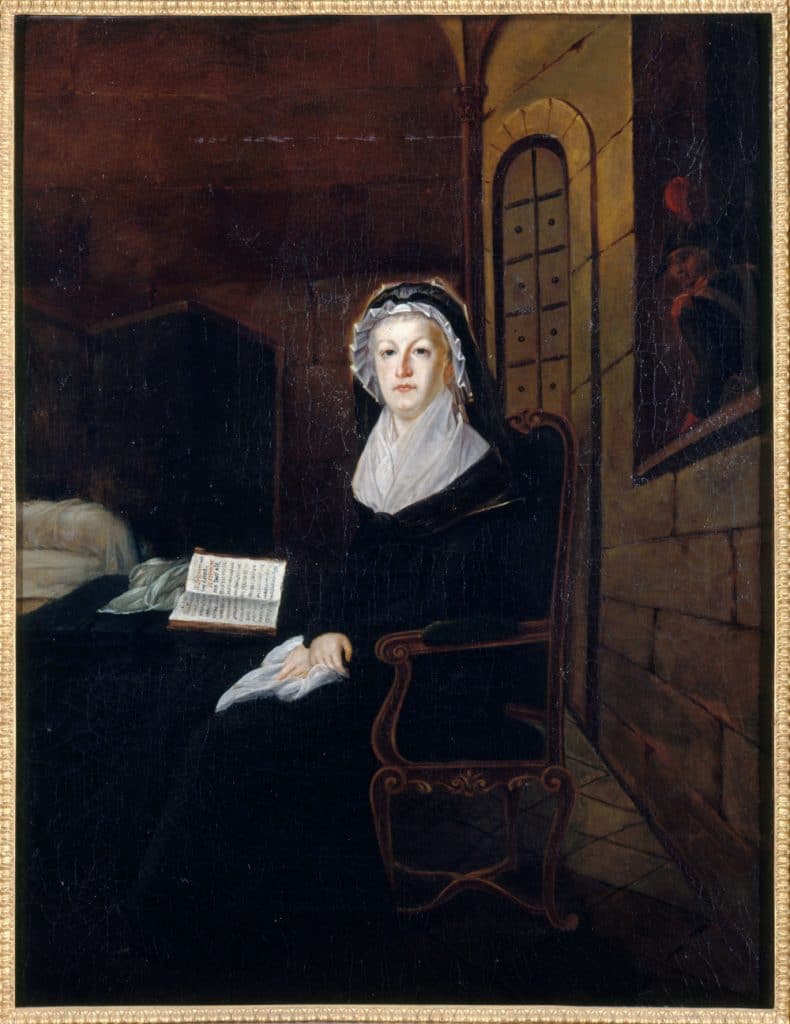
20. She was guillotined in 1793.
After a two-day show trial, she was found guilty on all charges and condemned to death. Imprisoned now in the Tower of Temple, she was then moved to the Conciergerie (today Palais de Justice) on Ile de la Cité. The tiny prison cells were a far cry from the palaces the Queen was used to.
Around 10 months after her husband, on 16 October 1793, Marie Antoinette was beheaded what is now Place de la Concorde in Paris, with the crowds jeering.
Her last words are recorded as, “Pardonnez-moi, monsieur. Je ne l’ai pas fait exprès” or “Pardon me, sir, I did not do it on purpose”, after accidentally stepping on her executioner’s shoe.
After the queen’s head fell, it was immediately shown to the crowd, who responded by crying: “Vive la République!”
21. Her children did not fare well either.
Only Marie Antoinette’s eldest daughter would survive to adulthood. The fate of future King Louis Charles is unknown.
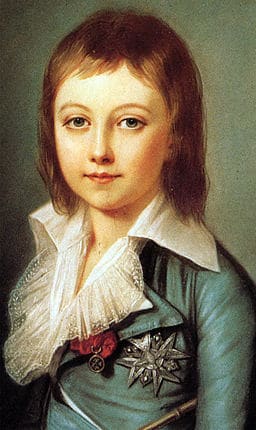
He was separated from his sister at the age of 7, and put in the care of poor cobbler in order to turn him into a republican. He is presumed to have died at the hands of the revolutionaries due to abuse and poor care, at around 10 years old.
Marie-Antoinette’s daughter Marie-Therese would grow up to marry her cousin, King Louis XIX of France (during a brief period when the monarchy was restored) but was significantly traumatized and would never have children of her own. She died in exile in what was then Austria (today Slovenia) under the protection of her Austrian relatives.
☞ READ MORE: French Revolution walking tour of Paris

So there you have it, do you believe in Marie Antoinette’s innocence? Or could she have read the book and said it to someone as a joke? We will never know. If you enjoyed reading that article, you may want to read more about the rulers of France who changed history. A bientôt!
¹ Featured Image: Courtesy of Wikipedia Commons

